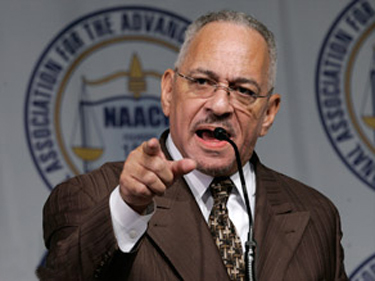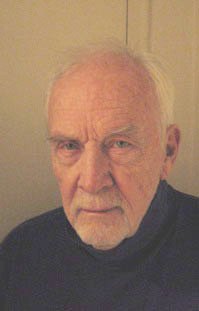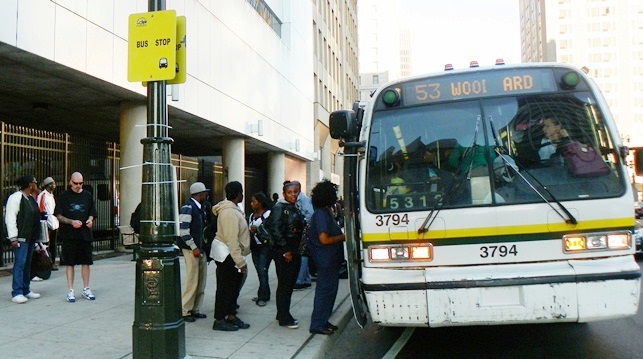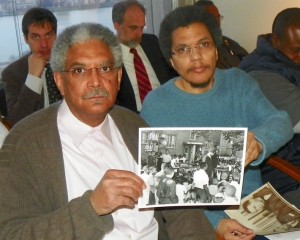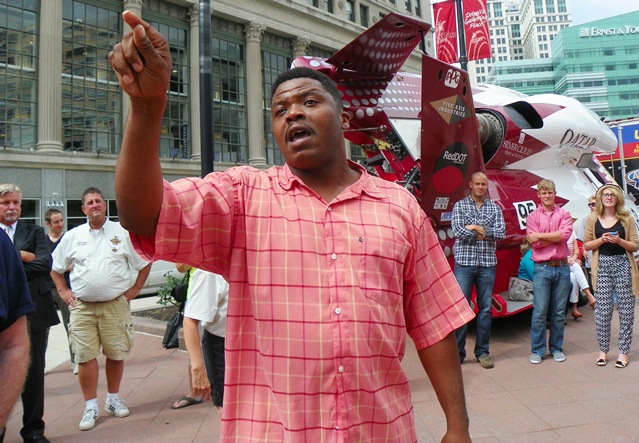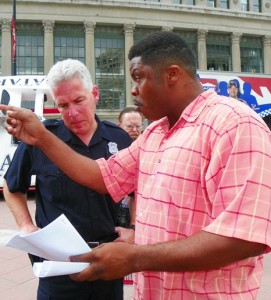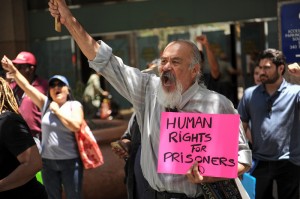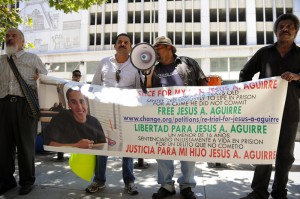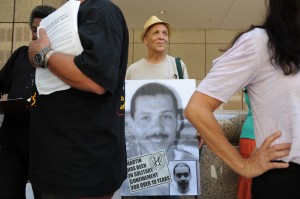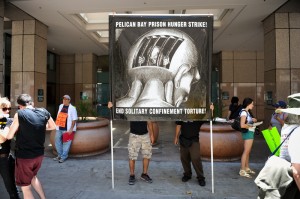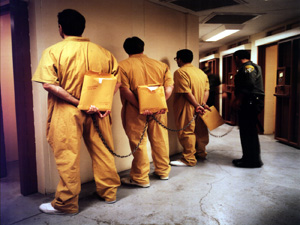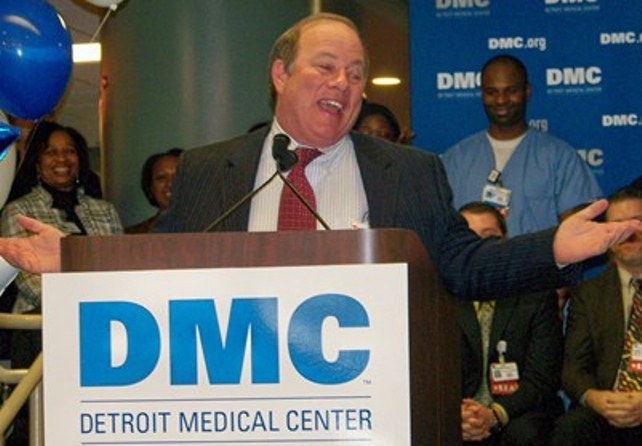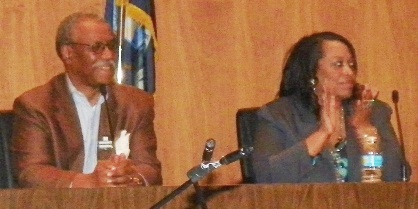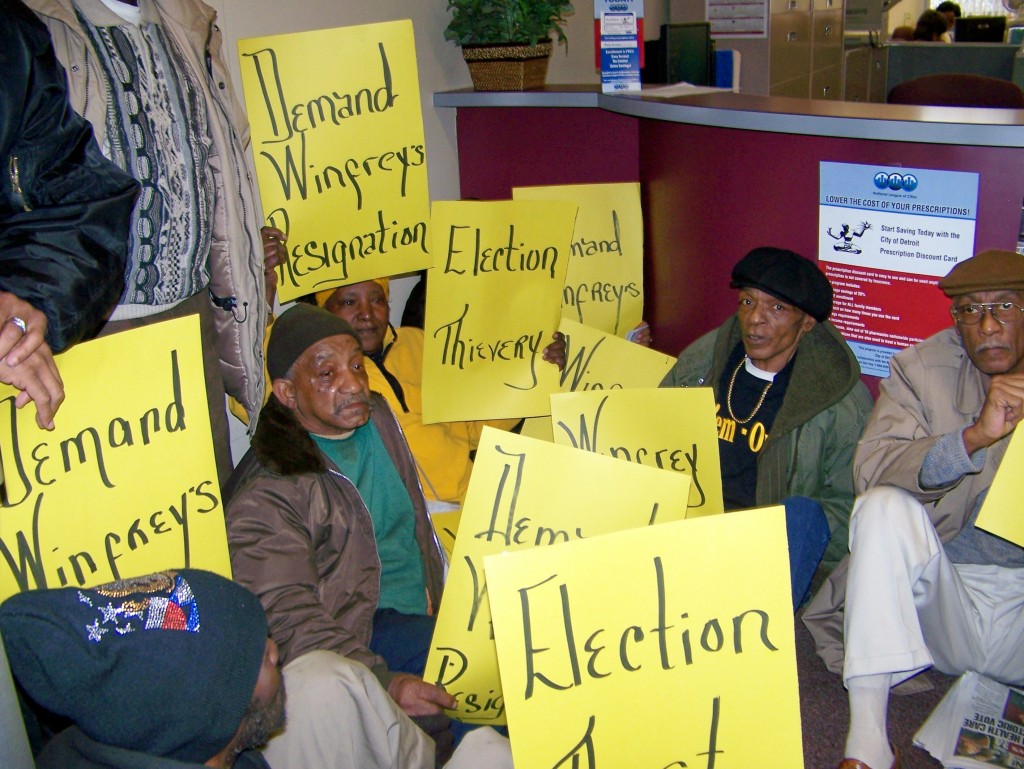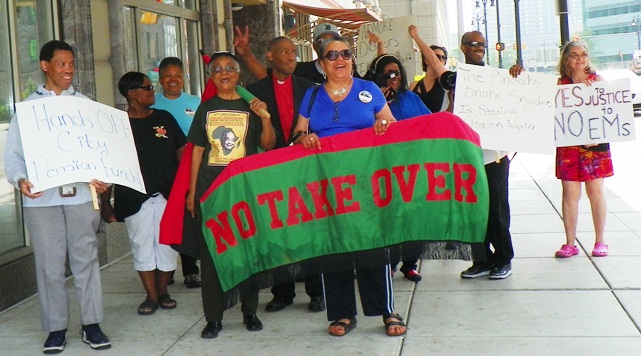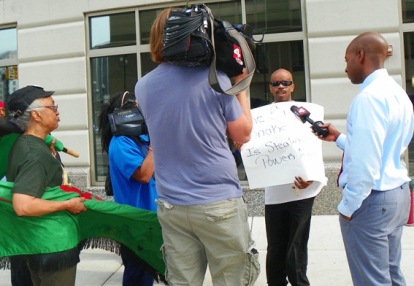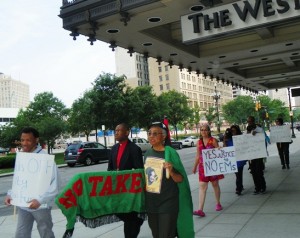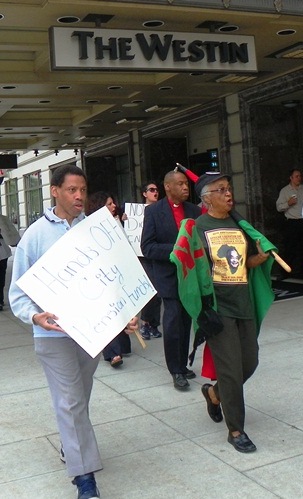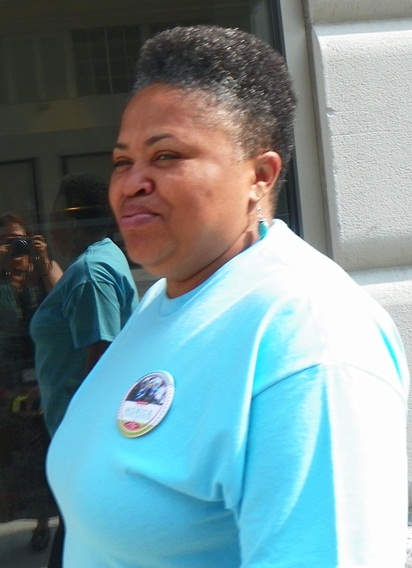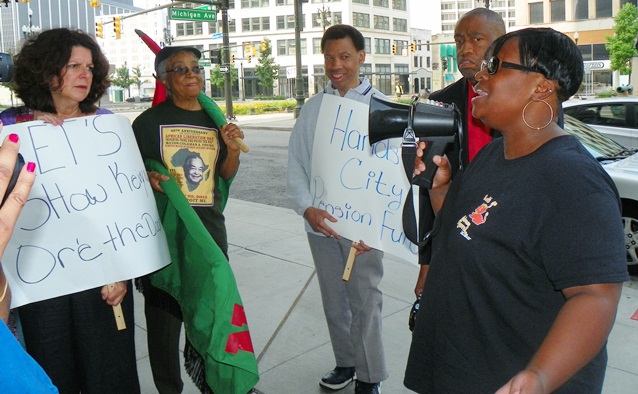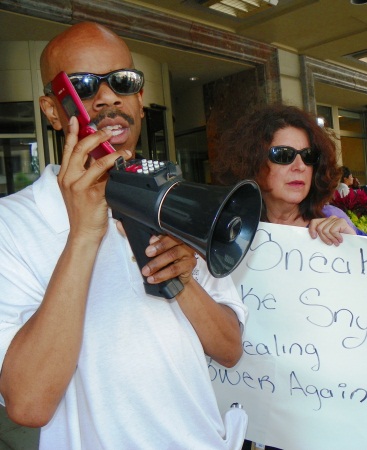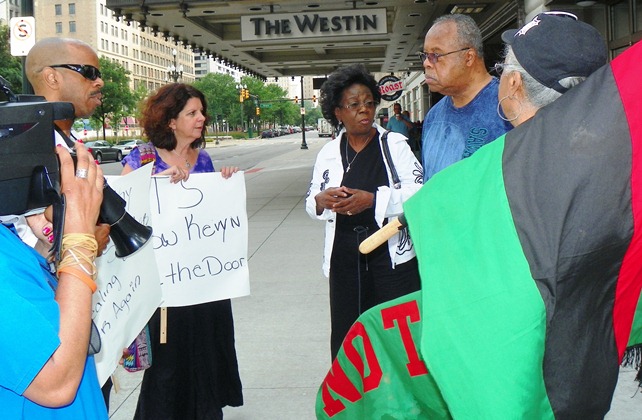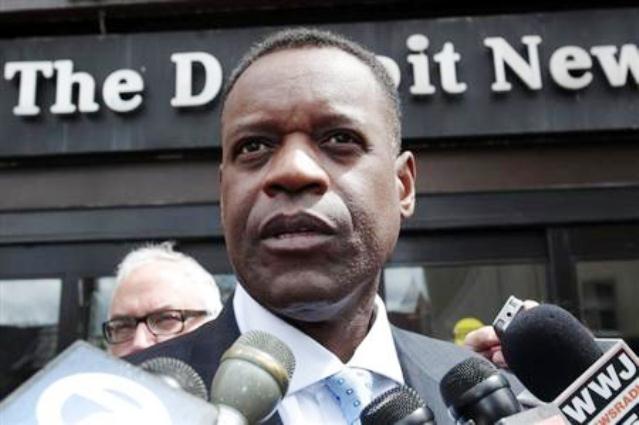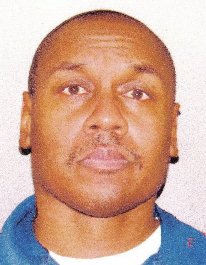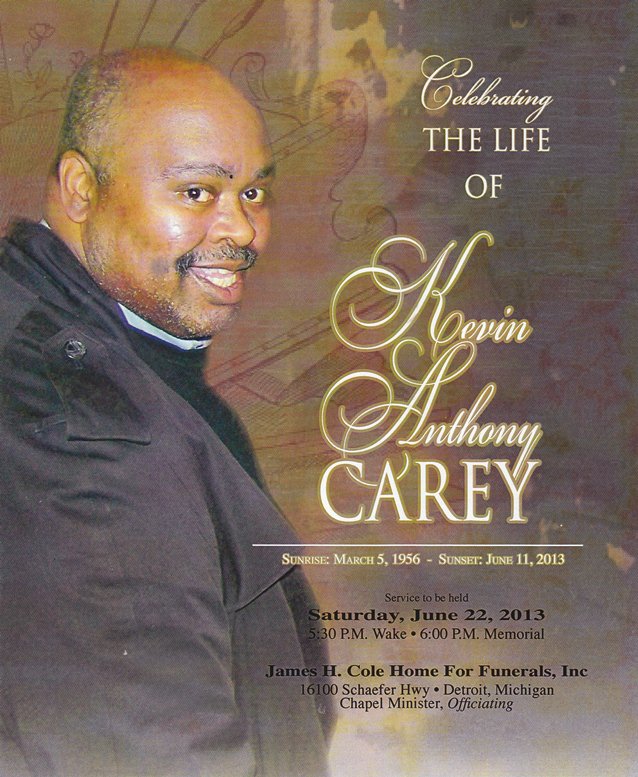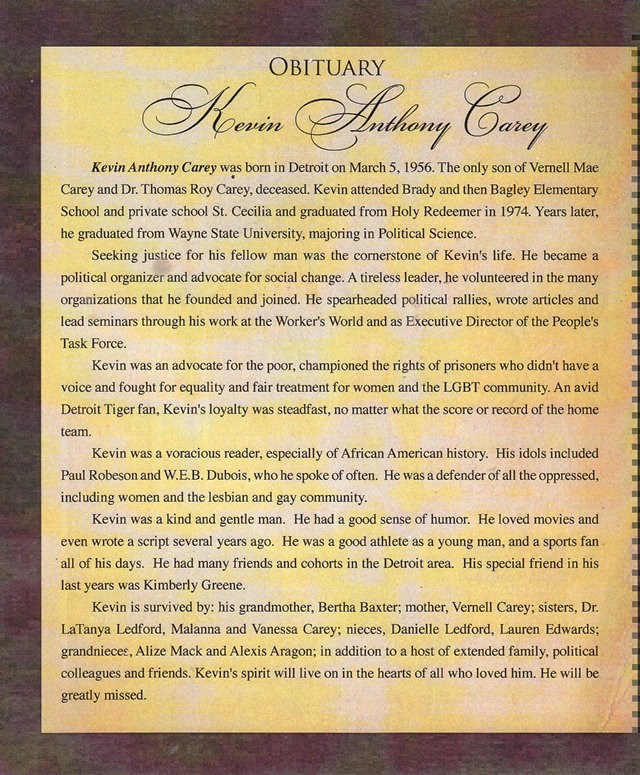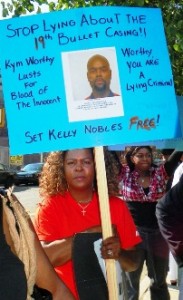The video above was sent to VOD by our regular contributor Jay Janson, “an archival research peoples’ historian activist, musician and writer [who]has lived and worked on all continents; articles and media published in China, Italy, UK, India and the US; now resides in NYC.”
It is accompanied by Janson’s article documenting section by section Rev. Wright’s allegations of U.S. crimes against humanity. His article is lengthy but definitely worth reading.
ABOUT THE VIDEO: Jeremiah Alvesta Wright, Jr. (born September 22, 1941) is Pastor Emeritus of Trinity United Church of Christ (TUCC), a megachurch in Chicago exceeding 6,000 members. In early 2008, Wright retired after 36 years as the Senior Pastor of his congregation and no longer has daily responsibilities at the church. http://www.weboose.com
Following retirement, Wright’s beliefs and preaching were scrutinized when segments from his sermons were publicized in connection with the presidential campaign of Barack Obama, including his contention that the Attacks of September 11, 2001 were proof that “America’s chickens are coming home to roost” and “…not God Bless America. God damn America.”[4] Obama reacted to the Wright controversy in a speech entitled “A More Perfect Union.”[5]
Wright subsequently defended himself in a speech before the NAACP on April 27, 2008, in which he indicated that he was not “divisive” but “descriptive,” and that the black church experience, like black culture, was “different” but not “deficient.”.
“GOD DAMN AMERICA FOR HER CRIMES AGAINST HUMANITY” – REV. JEREMIAH WRIGHT
BY JAY JANSON
DESCRIPTION:
Non-white majority Mankind, mostly descendants of the planet‘s earliest humans educated in the arts and sciences, long plundered by savage descendants of ferocious Vikings and other primitive Germanic tribes, will soon force America, and the white Colonial Powers it leads, to pay compensation for wrongful death, injury, stolen property and natural resources as condemned by Jeremiah Wright in his sermon.
TEXT:
-Whereas: Former Chad dictator Hissène Habré is about to be tried for crimes against humanity and atrocities, (Habré’s army was funded, armed and trained by Americans during Ronald Reagan’s presidency. Habré, who seized power in a CIA-backed coup in 1982 and ruled with an iron fist until his own overthrow in 1990, was used to prevent African Union Chairman Gadaffi’s planned union of Libya and Chad). [1]
-Whereas: Former Guatemalan Dictator Gen. Ríos Montt was convicted a month ago for genocide, (At the height of the Gen. Montt’s massacres, eighteen months of massacres, President Reagan visited him in Guatemala City and hailed him as “a man of great personal integrity and commitment.”) [2]
-Whereas: Jean-Claude Duvalier, the former hated and feared Haitian dictator known as Baby Doc has been arrested pursuant to trial for the deaths, torture and the disappearance of hundreds of people, (President Reagan’s U.S. ambassador to Haiti stated, during Duvalier time in office, “It can honestly be said that the Jean-Claude Duvalier presidency is the longest period of violence-free stability in the nation’s history.”) [3]
 -Whereas: On Dec. 2 1987, under President Reagan, the U.S. delegation to the UN General Assembly voted against a resolution condemning Chile’s violations of human rights under US supported dictator Gen. Augusto Pinochet, (Pinochet was eventually indicted by judge Juan Guzmán Tapia, and charged with overseeing the death of thousands in Chile and abroad. By May 2012, sixty-seven of Pinochet’s agents had been convicted.)
-Whereas: On Dec. 2 1987, under President Reagan, the U.S. delegation to the UN General Assembly voted against a resolution condemning Chile’s violations of human rights under US supported dictator Gen. Augusto Pinochet, (Pinochet was eventually indicted by judge Juan Guzmán Tapia, and charged with overseeing the death of thousands in Chile and abroad. By May 2012, sixty-seven of Pinochet’s agents had been convicted.)
-Whereas: During the first years of the Reagan’s administration, CIA was organizing, funding and overseeing the sickening terrorist attacks on rural areas of Nicaragua, planning sabotage of industries and mining Nicaragua’s ports, which brought a US conviction by the International Court of Justice when Nicaragua sued in 1984,
-Whereas: In El Salvador, despite overwhelming evidence that by 1984, 65,000 civilians had been murdered by the National Guard and right-wing paramilitary forces, President Reagan’s national Bipartisan Commission on Central America justified massive military support, (So far, El Salvador’s amnesty laws have protected the military supported by the US.)
-Be it noted that though our mostly non-white six billion strong Majority Mankind, has not yet coalesced into a force to match the US and other Colonial Powers, its Latin America component is on its way to the day when it will prosecute America for the crimes against humanity planned and arranged by America’s genocidal speculative investment banking elite and criminal media for two and half centuries. Latinos had been damning ‘gringos’ for two hundred years before millions of them saw and heard Rev. Jeremiah Wright God-damning America on TV. Every nation in Latin America, if not invaded by troops and bombed, has had its government overthrown covertly by America, leading to massacres and years of violence and keeping the continent in poverty, its labor and resources used to make money for American banks.
In 2008, Rev. Wright detailed these US genocidal crimes around the world in a sermon on Chicago’s South Side. [5] For weeks on network news, only the “God damn America” phrase was excepted as a soundbite and followed by derisive commentary, newsworthy because Wright had long been the pastor of presidential candidate Barack Obama. Continue reading

